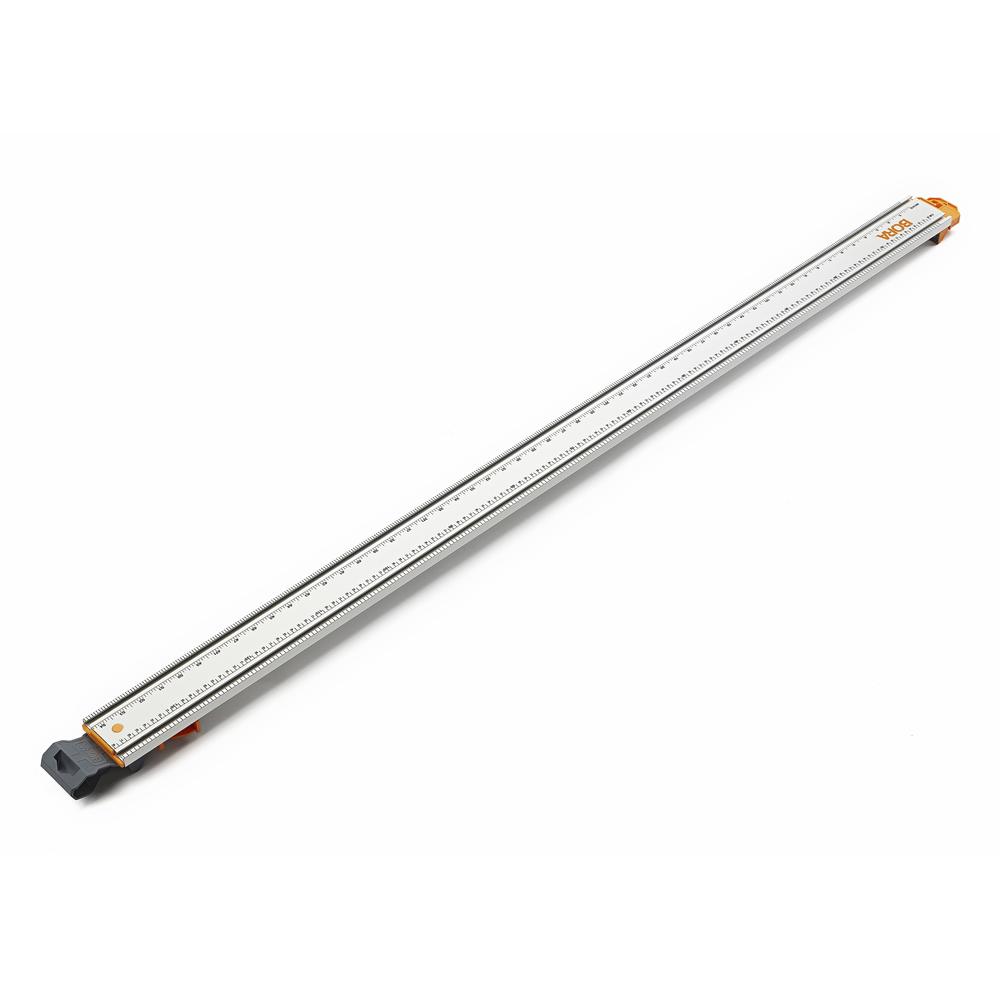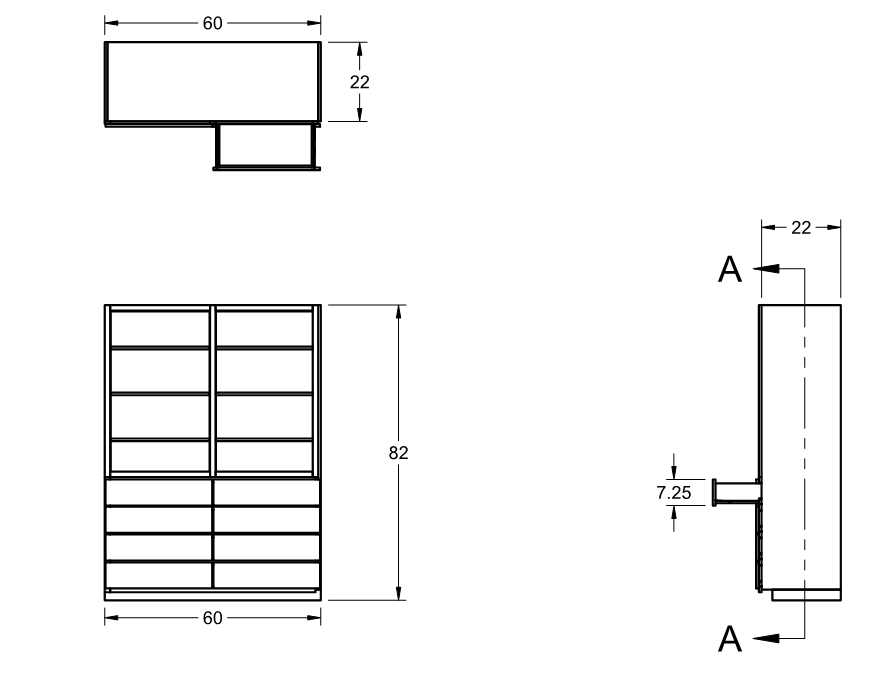
Hidden Closet: Design Phase
A friend asked me if I could replicate a murphy closet she had seen on her Facebook feed. Of course, I said... of course. Of course it's the first time I've ever seen one, but I'm thrilled to design and build one just for them.
It's a combination piece made up from a drawer base and a pair of swing-out shelves that act as doors. Behind them is the full closet with hanging space and a storage shelf above.
For this prototype we're using 3/4" ACX for the main box, 3/4" prefinished birch plywood sides and 1/2" prefinished birch for the drawer bottoms.
The current version is a lot different from the initial one, but it's totally customized to the customer preference now. This unit will benefit from the dimensional stability of these hardwood panel products and heavy-duty bearing slides. The shelves will pivot on Amazon-sourced purpose-built hinges with a giant ball bearing on the lower mount.
The whole thing was modeled up in Fusion 360 showing the various options along the way, getting to what my friend was really wanting most to get out of this piece. I didn't really know all the dimensions required or really understand the pivot-hinge mechanism at first. I researched and worked in the models until I understood more clearly the direction required.
The final form is 48" wide by 82" high with a pair of 7" deep shelves on the upper half. There are three 48" drawers, 8" high and 22" deep on soft-close ball bearing slides. The final design incorporates poplar face frames and false drawer fronts. The top will be edge-banded plywood sandwiched to 1 1/2" thickness. It's designed to be smooth and quiet operating. It can be enhanced with locks and or other accessories like lighting or motorized drives. Keeping it simple, we're just going to start with just spring-loaded ball catch latches.
I mentioned we modeled using Fusion 360, the CAM software. For this project, it's advantageous to use a panel saw and router table vs the CNC. Mainly because we're not working with vacuum hold-down and loading the pieces and programming the paths etc, would be more time-consuming for a one-off than doing it the old-fashioned way. So with pocket-hole joinery the intended construction method to be used for much of this work, we'll be using a Kreg Rip-Cut as a new tool for panel break-down on the go, rather than a small table saw. It should make quick work of the 7" drawer parts and the 22" drawer bottoms. The capacity on the Kreg Rip Cut is confirmed to be at least 24" as measured with my Milwaukee 7 1/4" circular saw mounted to the sled.
I have a Bora clamping guide that goes across a 48" sheet and makes a nice guide, but would need reset between each cut. I think the rip guide will make for better cuts in less time, but we'll see.
The hinges we're evaluating are rated for nearly 600 lbs. each.
